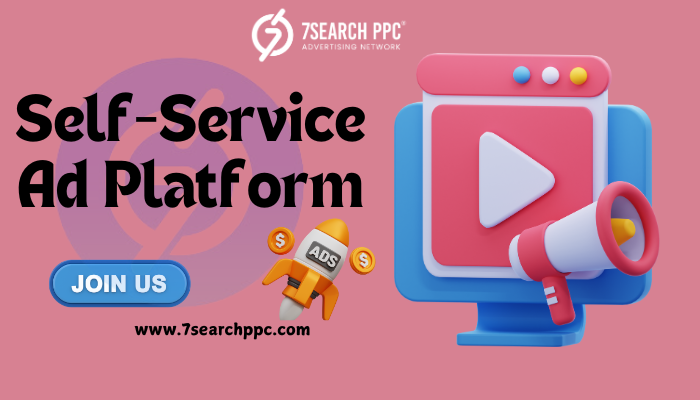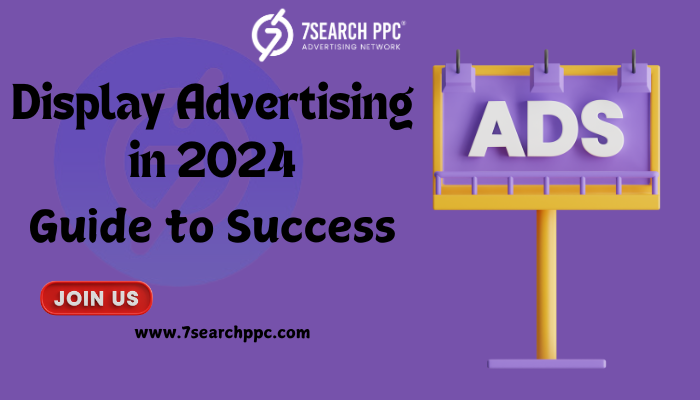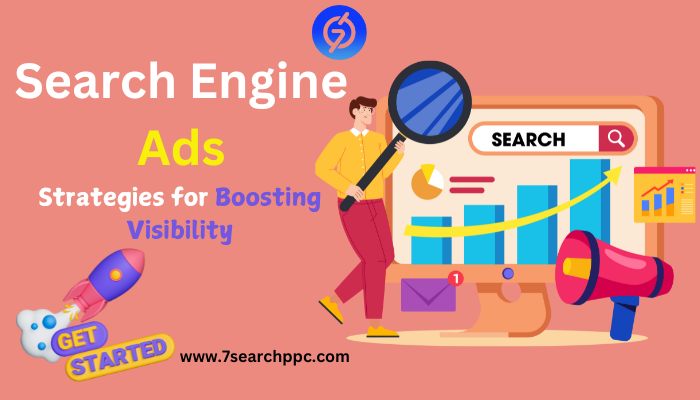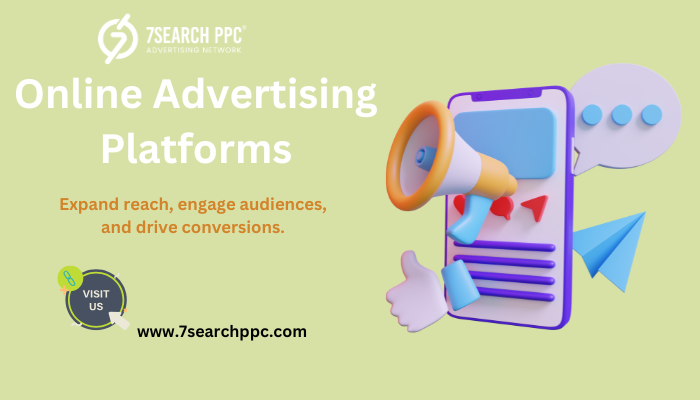 Conversion-Focused Landing Pages – More Leads, Less Bounce!
Conversion-Focused Landing Pages – More Leads, Less Bounce!
PPC Ads: The Ultimate Guide to Crafting High-Performing Campaigns
Written by Jones » Updated on: June 17th, 2025

In today's digital landscape, Pay-Per-Click (PPC) advertising has become one of the most effective methods for businesses to reach their target audience and drive measurable results. By leveraging PPC ads, brands can not only boost their visibility but also effectively manage ad spend to maximize ROI.
This comprehensive guide will walk you through everything you need to know about crafting high-performing PPC ad campaigns, from understanding the basics to advanced optimization strategies.

What are PPC Ads?
PPC (Pay-Per-Click) advertising is a digital advertising model in which advertisers pay a fee each time their ad is clicked. Essentially, it’s a way of buying visits to a website rather than earning them organically. PPC ads can take many forms, but they’re often associated with search engine advertising, where ads appear at the top of search engine results pages (SERPs).
How Does PPC Advertising Work?
PPC advertising operates on an auction-based system where advertisers bid on specific keywords relevant to their target audience. When a user types a search query that matches the advertiser's keywords, an automated process determines which ads to show based on factors like bid amount, ad quality, and relevance.
Google Ads and Bing Ads are some of the most popular PPC platforms. Advertisers use PPC campaigns to target specific demographics, locations, and devices, allowing for a highly customized ad experience that reaches the right audience at the right time.
The Importance of PPC in Digital Marketing
PPC advertising has become an essential tool for digital marketers. With PPC ads, brands can drive traffic instantly, which is crucial for new product launches or time-sensitive promotions. Additionally, PPC provides several unique advantages:
- Immediate Visibility: PPC allows businesses to quickly appear on SERPs and drive traffic to their website.
- Control Over Budget: Advertisers can set daily or monthly limits on ad spending.
- Measurable Results: With detailed analytics, marketers can track clicks, conversions, and ROI.
- Precision Targeting: By targeting specific keywords, locations, and devices, advertisers can reach a well-defined audience.
Key PPC Metrics to Track for Success
To ensure a successful PPC campaign, monitoring key metrics is essential:
- Click-Through Rate (CTR): Measures the percentage of people who click on your ad after seeing it.
- Conversion Rate: The percentage of visitors who complete a desired action, such as making a purchase or signing up.
- Cost-Per-Click (CPC): The average amount paid for each click.
- Cost-Per-Thousand Impressions (CPM): The cost per thousand impressions; relevant for CPM advertising.
- Return on Ad Spend (ROAS): Measures the revenue generated for every dollar spent on advertising.
Steps to Set Up a High-Performing PPC Campaign
Setting up a successful PPC campaign involves several key steps. Here’s a breakdown:
Define Clear Campaign Goals
Every successful PPC campaign begins with clearly defined goals. Are you aiming to drive sales, increase website traffic, or raise brand awareness? Knowing your goals will guide your keyword selection, ad format, and bidding strategy.
Conduct Keyword Research
Keywords are the backbone of PPC ads. Using tools like Google Keyword Planner, SEMrush, or Ahrefs can help identify high-performing keywords that align with your campaign goals. Remember to consider long-tail keywords as they tend to have lower competition and cost less per click.
Create Compelling Ad Copy and Design
Your ad copy should be engaging and tailored to your target audience. Be sure to include your main keyword in the headline and focus on a strong call-to-action (CTA). If you’re using display ads, ensure the visuals align with your brand and the message is clear.
Set a Budget and Bid Strategy
Choosing the right budget and bid strategy is critical to maximizing ROI. CPC advertising is ideal for driving specific actions, while CPM advertising may work better for brand awareness campaigns.
- Manual Bidding: Allows advertisers to set a maximum bid for each keyword.
- Automated Bidding: Platforms like Google Ads optimize bids based on campaign goals, such as maximizing clicks or conversions.
Optimize Landing Pages for Conversions
A well-designed landing page is crucial for converting visitors into customers. Ensure your landing page is relevant to the ad content, has a clear CTA, and loads quickly. Regularly test and refine your landing page to improve conversions.
Types of PPC Advertising
PPC advertising can take several forms, each with its unique advantages.
CPC Advertising
Cost-Per-Click (CPC) advertising charges advertisers for each click an ad receives. CPC is highly effective for driving traffic to a website and can be easily controlled to manage budgets.
CPM Advertising
Cost-Per-Thousand Impressions (CPM) advertising charges based on the number of impressions or views. CPM is more effective for brand awareness campaigns where visibility is more critical than clicks.
Website Advertising
Website advertising is the placement of ads on specific websites. These ads can include banners, native ads, or even pop-ups, providing brands with flexibility to reach their audience where they spend time online.
Best Practices for PPC Ad Campaigns
Following these best practices can help ensure your PPC campaigns are effective:
- Target Long-Tail Keywords: Long-tail keywords often have lower competition and can improve your CTR.
- Use Negative Keywords: Negative keywords prevent ads from appearing for irrelevant searches, improving ad relevance and reducing wasted ad spend.
- Optimize Ad Extensions: Ad extensions like site links, call buttons, and location details can enhance your ad’s visibility and improve CTR.
- A/B Test Regularly: Experiment with different ad copies, images, and CTAs to determine what resonates best with your audience.
- Monitor Competitor Activity: Analyzing competitors can provide valuable insights into keyword selection, bidding strategies, and ad copy.
Common PPC Mistakes to Avoid
To achieve high-performing campaigns, avoid these common PPC pitfalls:
- Ignoring Ad Quality Scores: Low-quality ads can lead to higher CPCs and lower ad placements.
- Poor Keyword Management: Overly broad keywords can lead to wasted ad spend. Focus on relevant, specific keywords.
- Neglecting Landing Page Optimization: A high-quality ad won't convert if it leads to a poorly designed landing page.
- Inconsistent Tracking: Without proper tracking, it’s impossible to know if your PPC campaigns are successful. Use tools like Google Analytics and Google Ads to track performance.
- Not Using Negative Keywords: Without negative keywords, your ads may appear for irrelevant searches, reducing CTR and wasting budget.
Conclusion
PPC ads are an invaluable tool for businesses seeking to gain visibility, drive traffic, and generate leads. By understanding the fundamentals of PPC advertising, focusing on precise targeting, and optimizing your campaigns through regular monitoring and testing, you can create high-performing ads that bring measurable results. Whether you’re new to PPC ads or looking to refine your current strategy, following these steps will help set you on a path to PPC success.
FAQs (Frequently Asked Questions)
What is the difference between CPC and CPM advertising?
Ans: CPC (Cost-Per-Click) advertising charges you for each click, which is ideal for driving specific actions, like website visits or conversions. CPM (Cost-Per-Thousand Impressions) advertising charges based on the number of views or impressions and is more suitable for brand awareness campaigns.
How can I improve my PPC ad Quality Score?
Ans: To improve your Quality Score, focus on creating relevant ads with targeted keywords, use engaging ad copy, and optimize your landing pages for a better user experience. Quality Score directly impacts your ad position and CPC.
What is the role of negative keywords in PPC?
Ans: Negative keywords prevent your ads from appearing in searches that aren’t relevant to your business, saving your budget for more relevant clicks. Using negative keywords can improve CTR, lower CPC, and increase ad relevance.
Is PPC advertising suitable for small businesses?
Ans: Yes, PPC advertising can be highly effective for small businesses because it allows control over ad spend and provides instant visibility. By targeting specific keywords and demographics, small businesses can achieve significant ROI from PPC campaigns.
Note: IndiBlogHub features both user-submitted and editorial content. We do not verify third-party contributions. Read our Disclaimer and Privacy Policyfor details.
Copyright © 2019-2025 IndiBlogHub.com. All rights reserved. Hosted on DigitalOcean for fast, reliable performance.
















